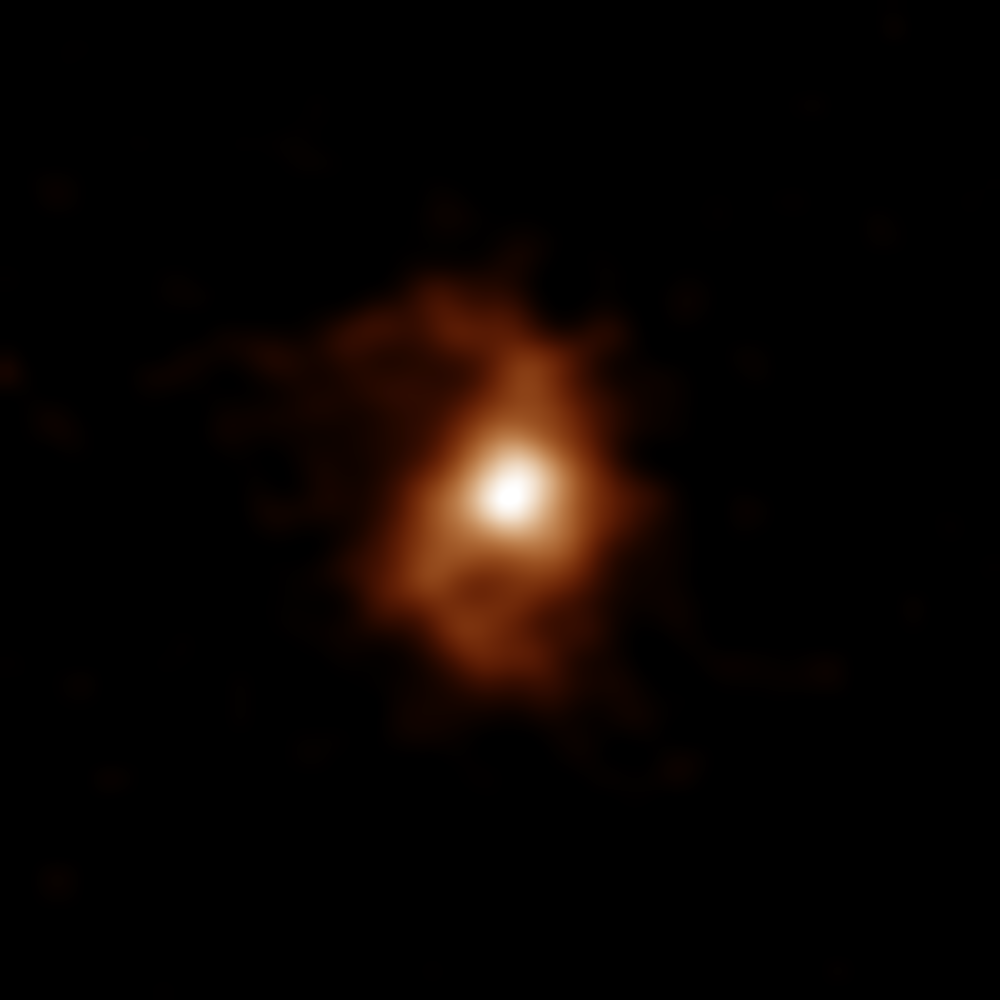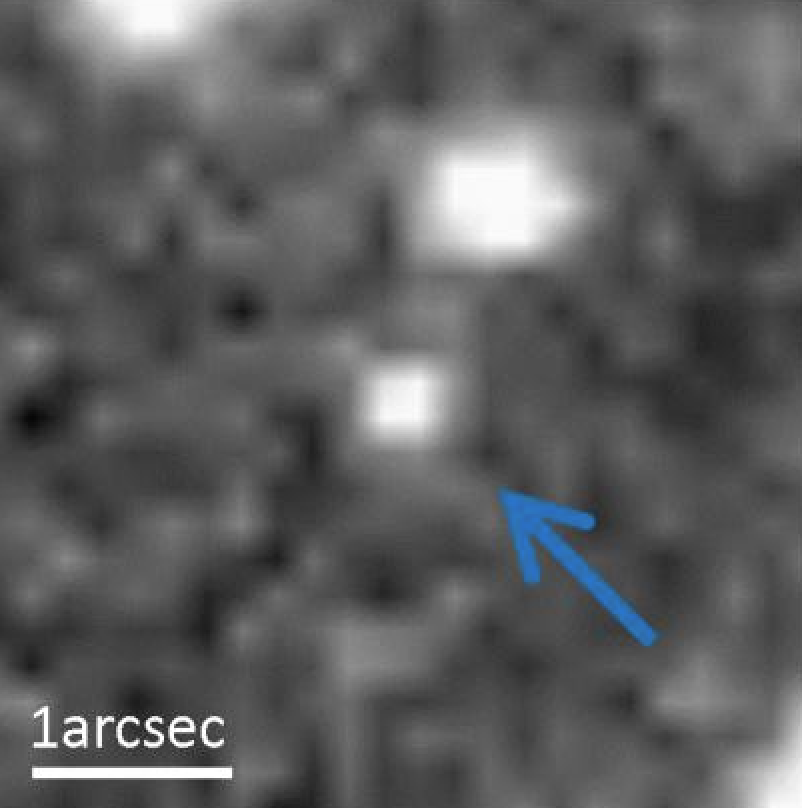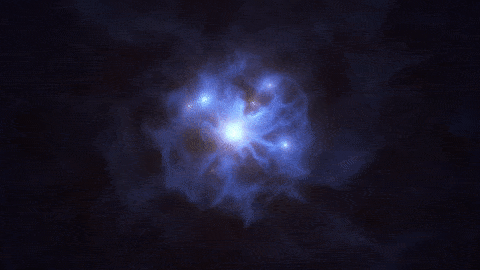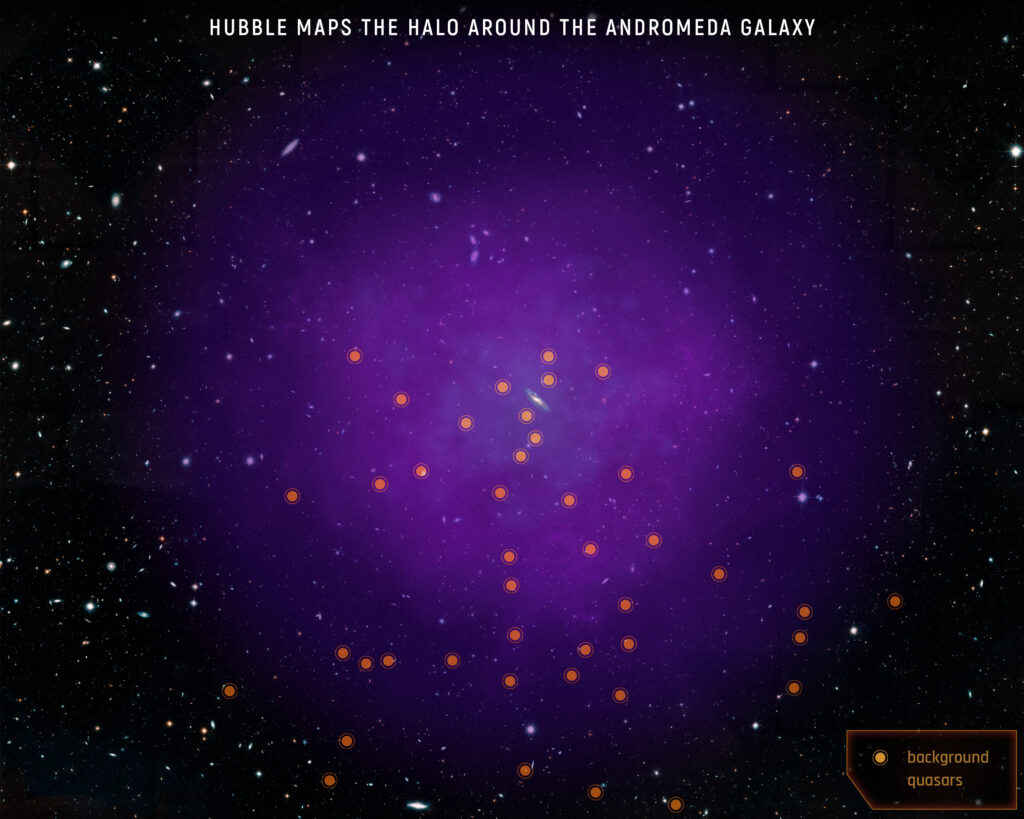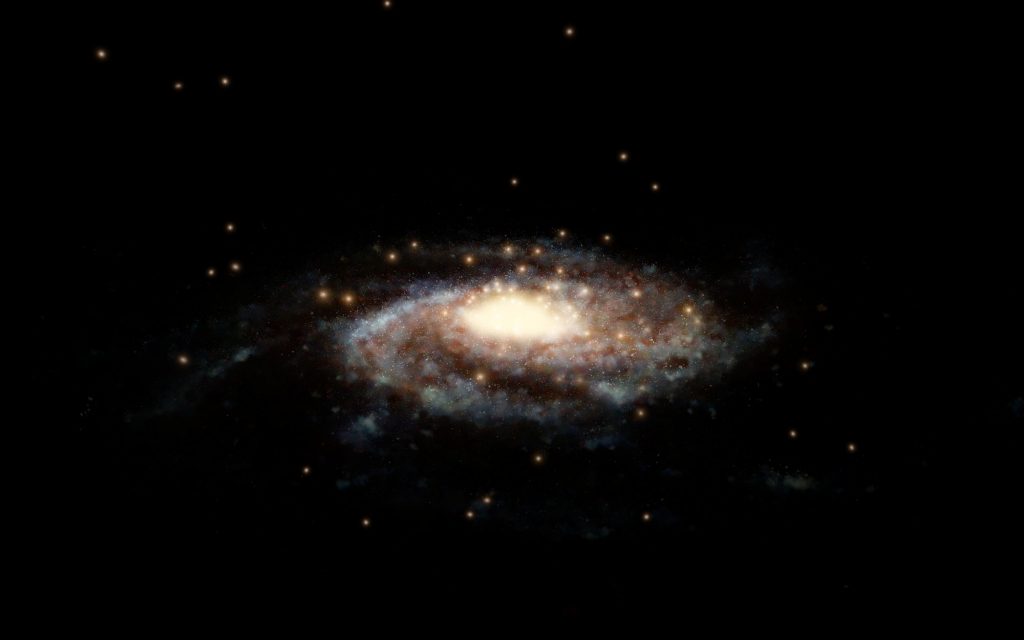The first spiral galaxy
Well, it may not have been the first spiral galaxy researchers have now discovered in data from the Atacama Large Millimeter/submillimeter Array (ALMA), but it was the oldest and most distant (which is synonymous in astronomy) to date. We observed it at a time when the universe was only 1.4 billion years old. Today it is almost ten times as old. The discovery of a galaxy with a spiral structure at such an early date is an important clue to solving the classic questions of astronomy: "How and when did spiral galaxies form?" "I was excited because I had never…
